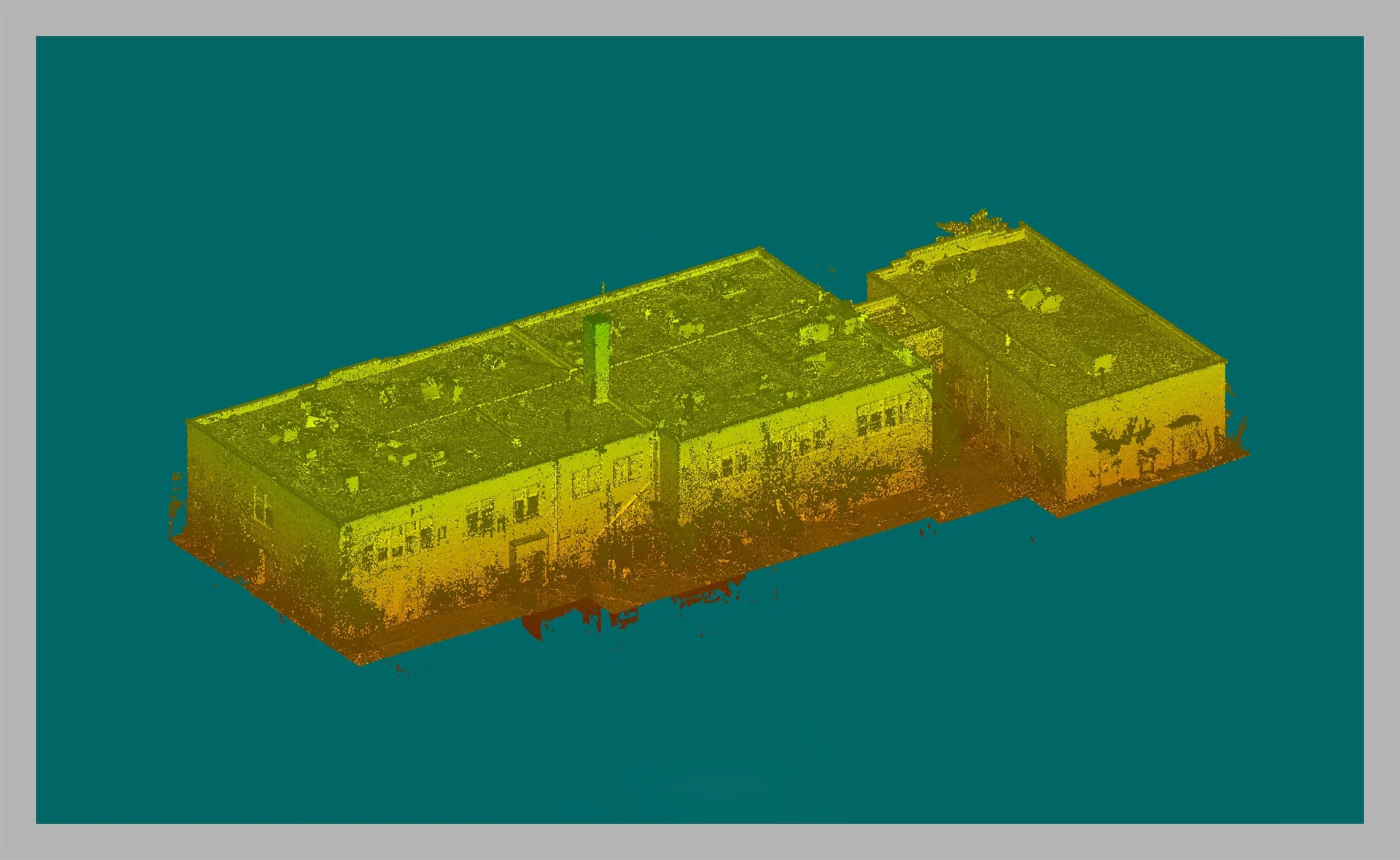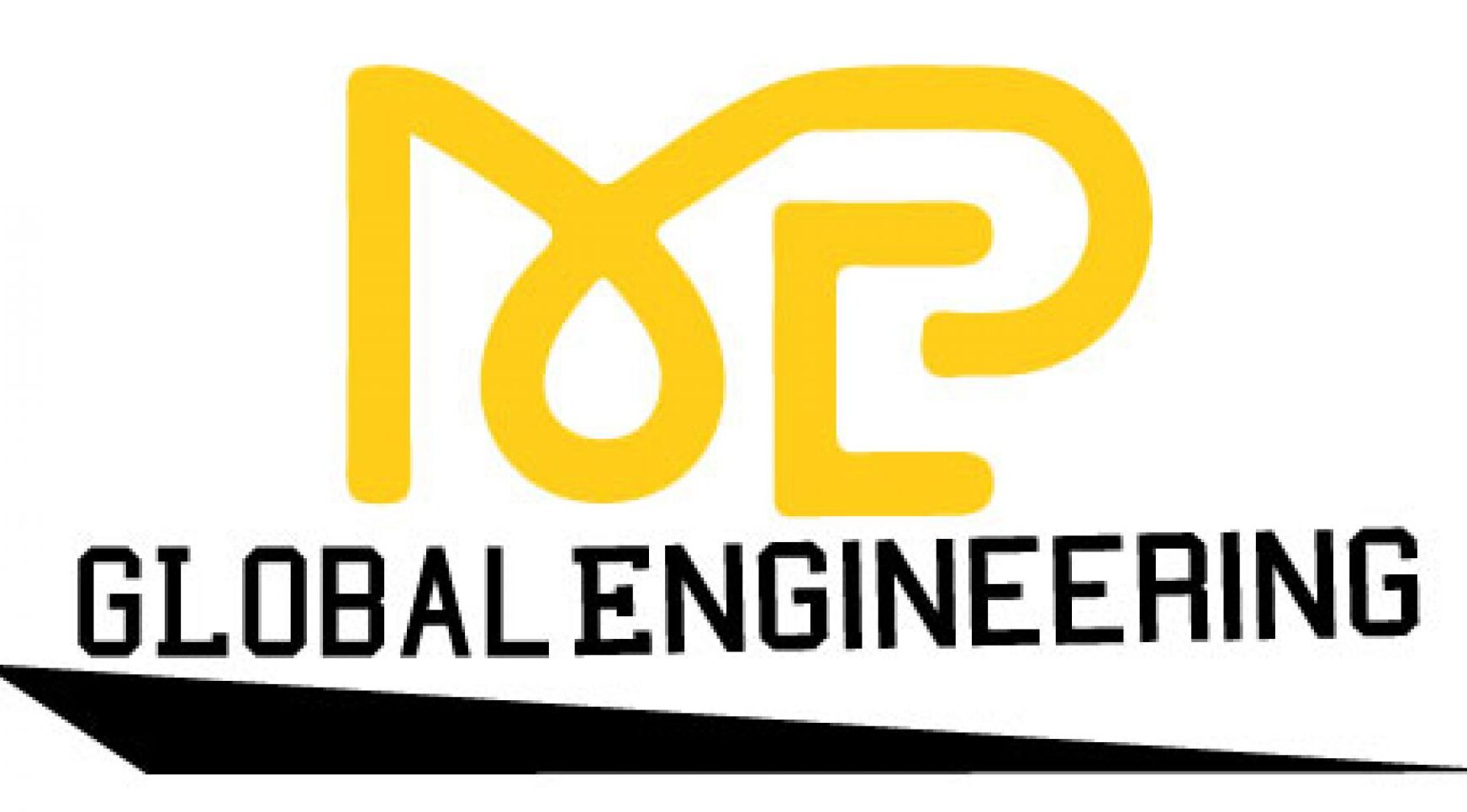
Understanding Laser Scan to BIM: The Future of Digital Construction
Why Laser Scan to BIM is Revolutionizing Construction and Design Industries
The process of “Laser Scan to BIM” is a groundbreaking technique in the construction and architectural industry, leveraging the power of 3D laser scanning to capture detailed and accurate measurements of a physical space or site. This technology is pivotal for ensuring that the digital models used in Building Information Modeling (BIM) are precise reflections of the actual conditions. The benefits of this approach are numerous and cannot be overstated. First and foremost, it significantly reduces the risk of errors that often arise from manual measurements. By utilizing laser scanning, we can obtain exact dimensions down to the millimeter, ensuring that every aspect of the physical space is accurately represented in the digital model.
This level of precision not only streamlines the design process but also enhances collaboration among stakeholders by providing a reliable source of truth. Furthermore, “Laser Scan to BIM” greatly improves efficiency and productivity. The swift capture and processing of data mean project timelines can be shortened without compromising on quality or detail. This technology also facilitates better decision-making through comprehensive visualization, allowing architects, engineers, and builders to foresee potential issues before they become costly problems. It is imperative that industry professionals adopt “Laser Scan to BIM” as a standard practice. The accuracy and efficiency it brings are indispensable for modern construction projects striving for excellence in execution and outcome.
By integrating Laser Scan to BIM technology, we can significantly reduce errors and rework, thereby saving both time and financial resources. This advanced method allows for precise measurements and detailed 3D models, which are crucial for coordinating complex construction tasks and enhancing overall project management.
Furthermore, adopting this practice ensures that all stakeholders have access to up-to-date information, fostering better communication and collaboration throughout the project lifecycle. The benefits of Laser Scan to BIM extend beyond mere efficiency; they lay the foundation for innovation in construction methodologies. It is no longer sufficient to rely on outdated techniques when superior alternatives are available. The future of construction demands a proactive approach toward adopting new technologies that drive success. Therefore, it is essential that industry leaders recognize the value of Laser Scan to BIM and implement it as part of their standard operating procedures without delay.
In the AEC industry, 3D laser scanning is quickly becoming the norm. This technology is advancing much faster than the industry itself. According to the 2016 Global Construction Survey by KPMG, just over 20 percent of respondents said they are changing their business models to meet this rapid growth. Additionally, the volume of data is rapidly increasing, making it difficult for most managers and project owners to make sense of the information. As a result, the industry lags behind others in adopting the latest technology. Despite the clear advantages of 3D laser scanning, many firms remain hesitant to fully integrate it into their workflows.
This reluctance is hindering progress and preventing companies from reaping the benefits of increased efficiency, accuracy, and cost savings. The data deluge is overwhelming for those unprepared or unwilling to invest in the necessary tools and training. It’s imperative that industry leaders recognize this technology’s potential and take decisive action. Comprehensive training programs must be implemented to ensure staff can effectively utilize these advanced systems.
investment in robust data management solutions is crucial for turning raw scan data into actionable insights. Ignoring this technological shift will only widen the gap between innovators and laggards within the industry. Now is the time for firms to embrace 3D laser scanning wholeheartedly, or risk being left behind as competitors surge ahead with improved capabilities and streamlined operations.
Here’s how this technology enhances project execution and management:
High Precision and Accuracy:
Laser scanning captures the environment with extreme accuracy, down to minute details. This precision is crucial for complex renovations and in situations where the pre-existing conditions need to be incorporated into new designs.
Efficient Data Collection:
Traditional surveying methods can be time-consuming and less accurate. Laser scan-to-BIM, however, allows for rapid data collection, covering large areas in a shorter time without compromising on detail.
Enhanced Collaboration:
The digital models created from laser scans can be easily shared and accessed by all project stakeholders, regardless of their physical location. This accessibility improves collaboration, as team members can work with the same accurate model.
Risk Mitigation:
By using detailed and accurate 3D models, potential design and construction issues can be identified and addressed early in the process, significantly reducing the risk of costly errors and delays.
Streamlined Workflow:
Integrating laser scan data into BIM streamlines the workflow from design through to construction. It provides a solid foundation for all subsequent design decisions and construction processes, ensuring consistency and clarity across the project lifecycle.
Cost Savings:
Although the initial investment in 3D laser scanning might be higher than traditional methods, the accuracy it provides helps in avoiding costly mistakes and reworks. Additionally, the efficiency of the process can reduce the overall project timeline, further saving costs.
Future Planning and Maintenance:
The detailed models generated can serve as a comprehensive resource for future planning, renovations, or maintenance. Having a precise digital twin of the property allows for better planning and management throughout the building’s lifecycle.
In conclusion, Laser Scan to BIM is not just a technological advancement; it’s a transformative approach that enhances every phase of a construction project, from initial planning to long-term maintenance. It ensures that all project phases are based on accurate, reliable data, which is essential for achieving efficiency, cost-effectiveness, and precision in today’s competitive construction environment. This method is a robust tool that should be leveraged to its full potential to drive project success.




MEP Engineering and Design Services with MEP Global
[…] phase, thereby mitigating costly delays, rework, and potential safety hazards. By virtually constructing and stress-testing these systems in a digital environment, designers can anticipate and address challenges, ensuring a smooth transition from […]
3D Laser Scanning and As-Built Documentation - MEP Services
[…] the entire process, resulting in significant time and cost savings. By harnessing the power of laser scanning, every minute detail of the existing structure is meticulously captured and digitized, creating a […]
Scan To BIM Modeling Process - MEP Global Engineering-Blog
[…] an efficient and accurate way to convert real-world 3D scans, captured through technologies such as laser scanning, into intelligent BIM […]